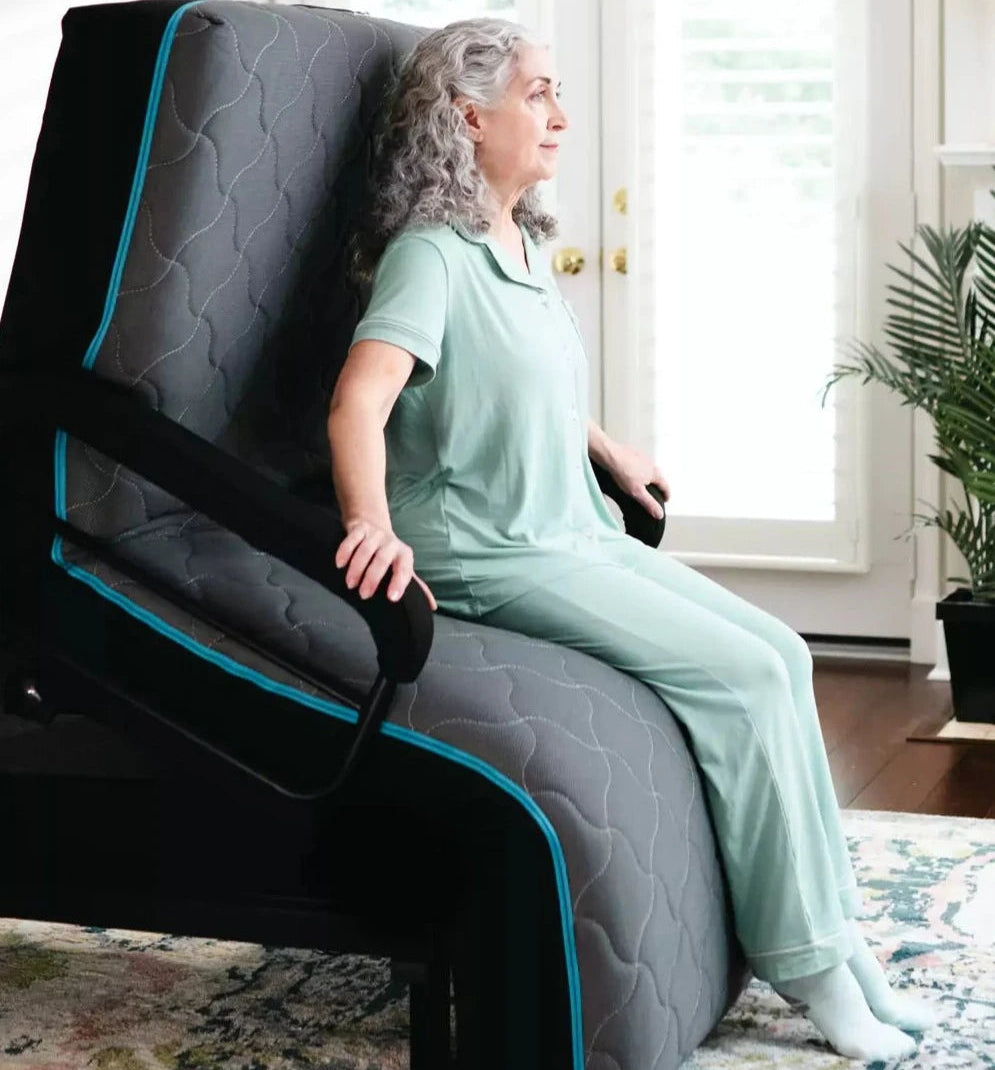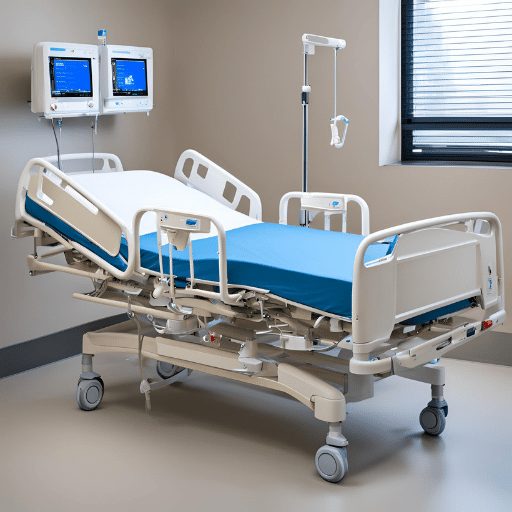6 Simple Techniques For Hospital Beds For Home Use
6 Simple Techniques For Hospital Beds For Home Use
Blog Article
The 7-Minute Rule for Hospital Beds For Home Use
Table of ContentsHospital Beds For Home Use Things To Know Before You Get ThisHospital Beds For Home Use Things To Know Before You BuyThe 8-Second Trick For Hospital Beds For Home UseThe 9-Second Trick For Hospital Beds For Home UseThe Buzz on Hospital Beds For Home UseExamine This Report about Hospital Beds For Home UseThings about Hospital Beds For Home Use
There are 3 main kinds of health center beds: manual, semi-electric, and fully-electric. However, even more sorts of medical beds exist and they are listed here. These beds use hand cranks to readjust the bed's elevation and raise and decrease the head and the foot. Hand cranks are generally located at the foot of the bed and call for a person that is physically with the ability of operating.
Semi-electric beds have an electric motor to increase and decrease the head and foot sections of the bed. Patients and caretakers readjust the placing by pushing buttons utilizing a hand pendant. The height of the bed is adjusted by hand with a hand crank. Full-electric beds have an electrical motor that can elevate the head and foot areas of the bed along with the entire elevation and positioning of the bed.
An Unbiased View of Hospital Beds For Home Use
Some models can also move into even more positions, such as the Trendelenburg (tilt) placement. There are a number of kinds of medical facility beds, each created to meet particular person demands. Below are some common types: This is the most common kind of health center bed, made for basic medical use. It has a handbook or electrically flexible headrest, foot rest, and height.
Lower to the ground than a common bed. This type of bed is created for bigger patients, with a wider structure and greater weight ability than a basic bed.
This kind of bed is designed for seriously sick clients who call for open tracking and specialized clinical equipment such as ventilators and infusion pumps. This sort of bed is designed for use throughout labor and shipment, with adjustable settings and features to support the mom and baby during the birth procedure.
Fascination About Hospital Beds For Home Use
Several function and the accessories execute broadening traction to various components of the vertebra and the extremities without moving the body. These are simply a couple of examples of the kinds of healthcare facility beds offered. The particular kind of bed used will rely on the person's problem, medical needs, and other variables.
Below is the point you require to know. A one-function health center bed is a clinical bed that enables an individual to relocate only the head or foot area up or down. A 2 function medical facility bed typically describes a sort of clinical bed that has 2 adjustable features to aid patients in health centers or treatment centers.

Rumored Buzz on Hospital Beds For Home Use
A 7-function ICU bed is a type of clinical bed that gives several flexible functions to support critically sick people in an intensive treatment system (ICU) (hospital beds for home use). The seven features normally include: Backrest modification: The back-rest can be adapted to various angles to assist the individual sit up or rest easily
Height change: The bed can be elevated or decreased to make it less complicated find out this here for clients to obtain in and out of bed, and for caregivers to give care. Trendelenburg placement: The whole bed can be slanted to promote blood flow and flow in the body. Reverse Trendelenburg placement: The bed can additionally be slanted in the opposite instructions to promote blood flow and circulation in the top body.
1. What Size is a Hospital Bed? 2. Just how much Does a Hospital Bed Price? 3. Why Do Health Center Beds Have Side Bed Rails? 4. What Are The Key Healthcare Facility Bed Parts?. While more budget friendly than electric versions, these beds require physical initiative for adjustments. The primary advantages of hand-operated beds are their cost and reliability, as they don't rely on electrical power. The requirement for manual initiative can be a limitation in situations where quick modifications are required or where caretakers encounter physical difficulties.
The Only Guide to Hospital Beds For Home Use
Semi-electric hospital beds supply an equilibrium of guidebook and electric controls. These beds provide an optimal center ground in between manual and fully electric options, providing convenience of use without the full expense of electric designs.
Semi-electric beds are appropriate for individuals that require modest adjustments to the head and foot sections yet can handle without regular height modifications. This makes them a cost-effective option for those seeking convenience and benefit without the demand for continuous repositioning. Fully electric medical facility beds feature electrical controls for smooth changes to the elevation, head, and foot areas.
Specialized health center beds, such as ICU beds, lasting care beds, and bariatric beds, are very carefully developed to deal with certain medical needs. These beds provide customized look after diverse client groups, boosting both end results and comfort. In the complying pop over to this web-site with areas, we will explore the main sorts of specialized medical facility beds, outlining their details benefits and applications.
With from this source years of experience in making electrical direct actuators - hospital beds for home use and close collaboration with the healthcare market, TiMOTION is well-positioned to provide reliable healthcare options. Our up and down incorporated company takes care of every action of the production procedure, from layout to actuator setting up, guaranteeing we deliver exceptional value and personalized services tailored to your specific requirements
What Does Hospital Beds For Home Use Mean?

To learn more regarding integrating these innovations into your items, contact us today. Further reading:.
Information is sourced from the Medicare Cost Report. Accessed January 2025. Temporary acute treatment hospitals have the highest possible ordinary number of beds at 187. They are the most typical kind of medical facility in the united state and comprise more than 50% of united state healthcare facilities. Kid's hospitals have 178 beds usually and VA medical facilities average 175 beds.

The smart Trick of Hospital Beds For Home Use That Nobody is Talking About
A hospital bed is a bed developed particularly for medical functions. It is not only a place for patients to rest, yet likewise a system for medical procedures. Unlike average home beds, hospital beds usually have flexible features, which can assist in clinical team to make different modifications according to the needs of individuals, such as transforming the height, disposition, and support angle of the back and legs of the bed.
Report this page